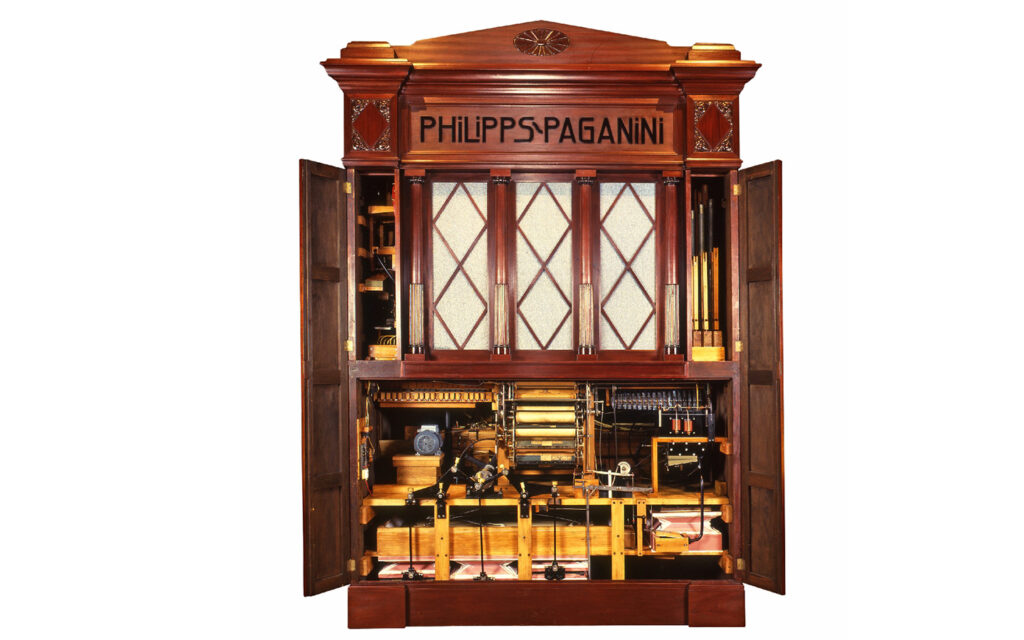Orchestrions
A whole orchestra, without a single musician involved! When several musical instruments are housed in a single cabinet and played by a music programme, this is known as an orchestrion.
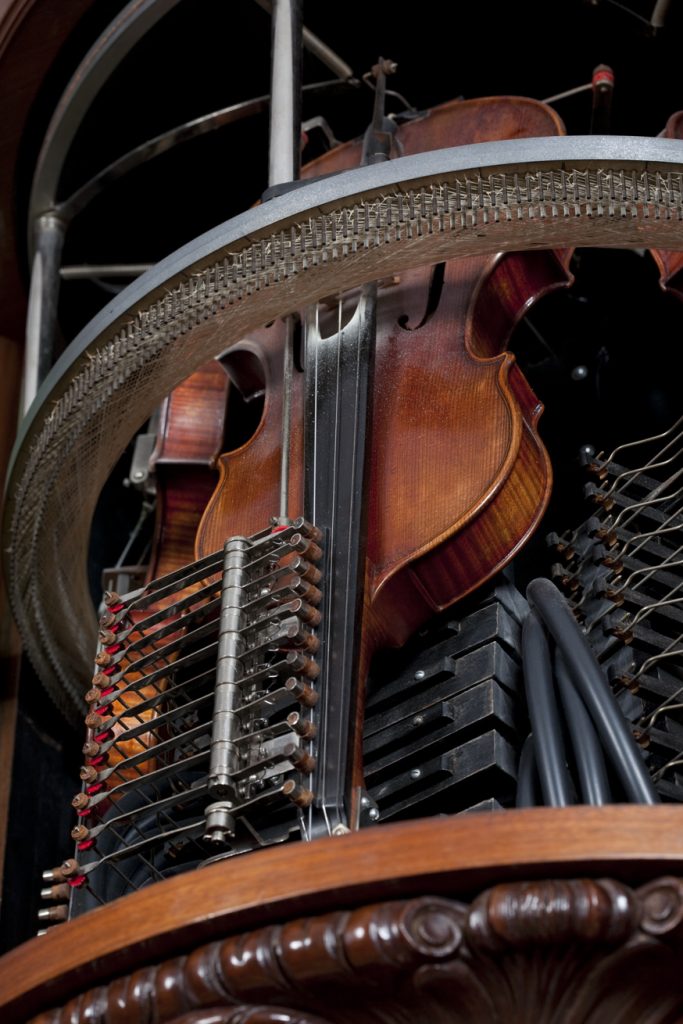

The first orchestrions date back to the early 19th century which is when the famous Johann Nepomuk Maelzel built his Panharmonicon, a mechanical music machine with which he tried to reproduce the sound of a whole orchestra. Orchestrion building reached its peak in the period 1880-1930. After the roaring twenties when orchestrions were very popular, that success came to an end in the 1930s due to the economic crisis and the rise of the radio and gramophone.
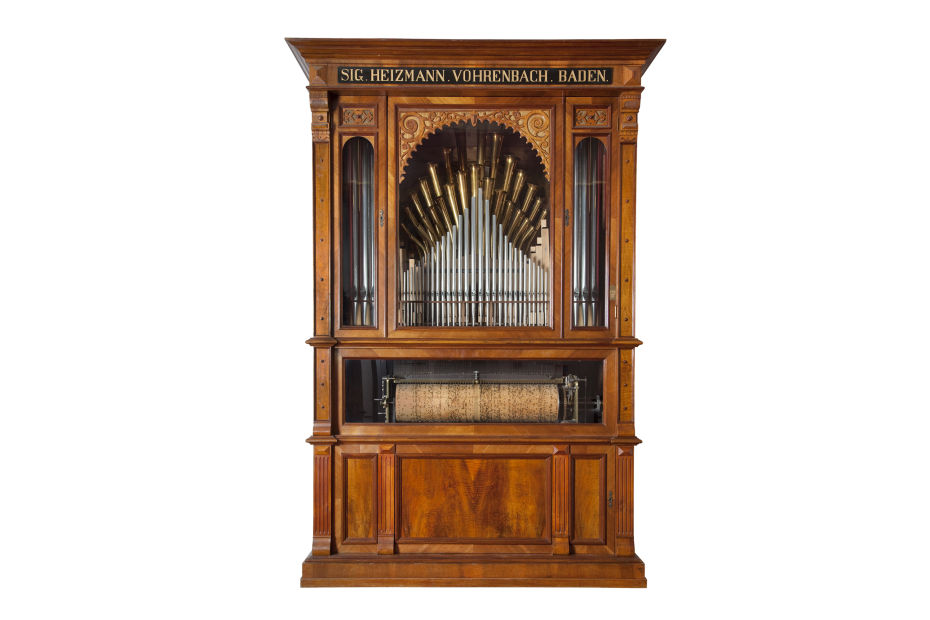
Cylinder orchestrions
Over the years, various programme carriers have been used for the music programmes for orchestrions. The first orchestrions were played by programmed wooden cylinders. One example of a cylinder orchestrion from the collection at Museum Speelklok is an instrument by Heizmann. With its trumpets, percussion and coin-operated mechanism, this instrument was a source of great entertainment in dance halls and cafés! Cylinder orchestrions that mainly use strings and also featuring a xylophone and/or metallophone are called honky-tonks.
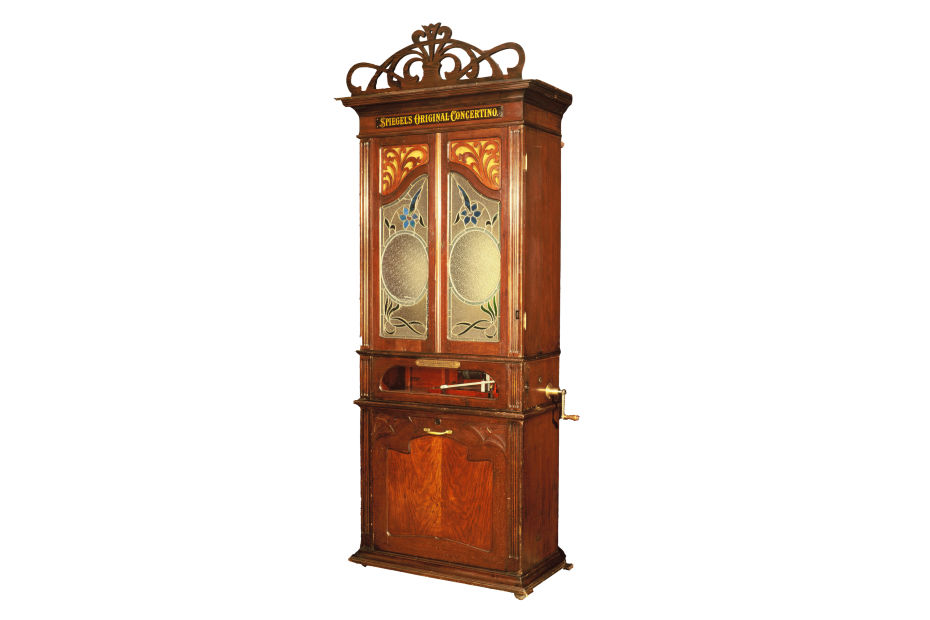
Disc orchestrions
Orchestrions played by metal discs – disc orchestrions – are quite rare. Museum Speelklok’s collection features the Lochmann Original Concertino. Apart from a musical toothed comb, the disc also plays a series of strings, tubular bells, two drums and a cymbal.
Revolutionary developments
The early 20th century saw a lot of revolutionary developments in everyday life such as the introduction of electricity in large parts of the Western world. The combination of electricity and the pneumatic systems for pianolas opened up a whole host of new possibilities in the orchestrion sector. Only the large pneumatic roll orchestrions of the 1920s can really be described as automatic orchestrions: they are coin-operated.
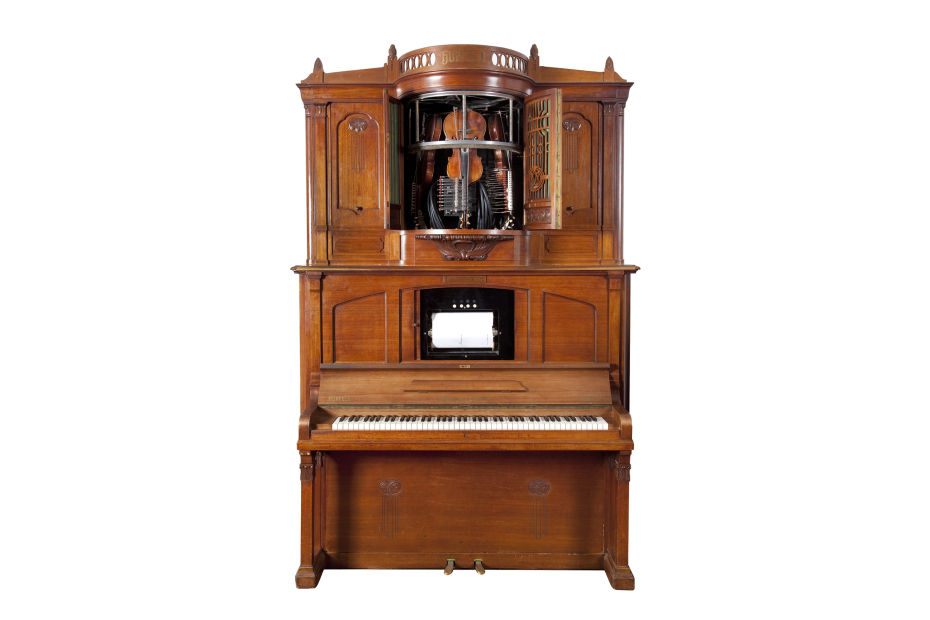
One spectacular example is Hupfeld’s Phonoliszt Violina. The Violina consists of a pianola with a dome containing three violins mounted on top. The violins are all played by the same bow while mechanisms produce a vibrato effect and tempo regulation for optimum musical expression, for example.
Another instrument is the Philipps Paganini which is a pure-blooded orchestrion. It features an instrumentarium that replaces 15 musicians, an organ, piano, harmonium, metallophone and extensive percussion! A revolver system allows 10 music rolls, each with a playing time of about 15 minutes, to be moved into position.
